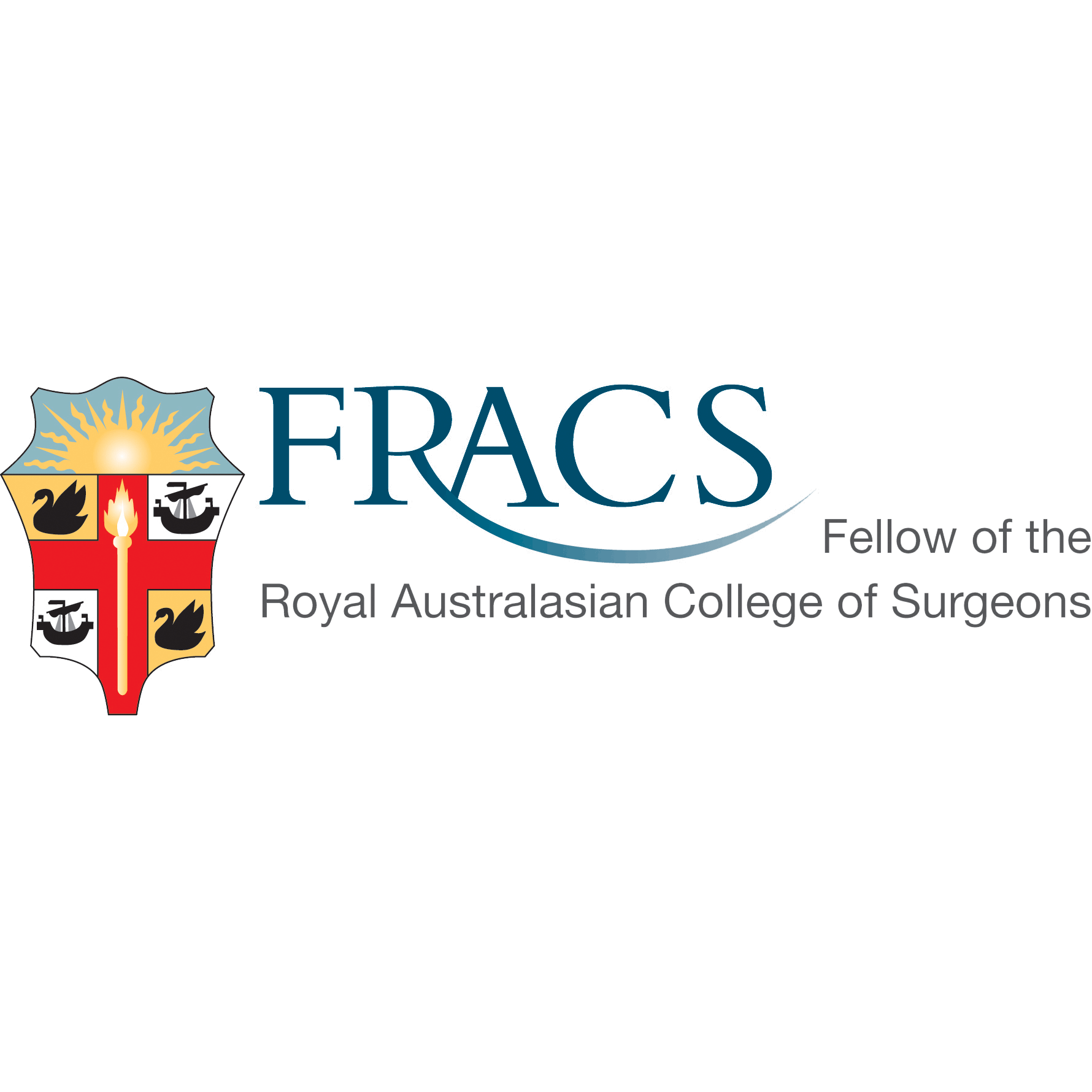Mesh
This is a material used in the repair of a hernia, with the aim of creating a tension free repair. Mesh improves the outcome of the repair and reduces the recurrence rate of the hernia.
The use of mesh in hernia surgery
It is generally accepted that the use of mesh for hernia repair has resulted in clinically significant reduction of recurrence rate. i, ii
The hernia recurrence rate has been further reduced with the use of mesh in conjunction of component separation techniques of hernia repair. iii, iv
However, the large number of commercially available meshes has made it extremely challenging and onerous for surgeons to scientifically decide on the appropriate mesh for each hernia repair. The choice of mesh has to be objective, based on the desired properties of the mesh, as well as the operative surgical field conditions.
Mesh can be divided into two main groups:
- Luijendijk RW, Hop WC, van den Tol MP, et al. A comparison of suture repair with mesh repair for incisional hernia. N Engl J Med. 2000;343:392–398
- Burger JW, Luijendijk RW, Hop WC, et al. Long-term follow-up of a randomized controlled trial of suture versus mesh repair of incisional hernia. Ann Surg. 2004;240:578–583
The hernia recurrence rate has been further reduced with the use of mesh in conjunction of component separation techniques of hernia repair. iii, iv
- Butler CE, Campbell KT. Minimally invasive component separation with inlay bioprosthetic mesh (MICSIB) for complex abdominal wall reconstruction. Plast Reconstr Surg. 2011;128:698–709.
- Novitsky YW, Elliott HL, Orenstein SB, et al. Transversus abdominis muscle release: a novel approach to posterior component separation during complex abdominal wall reconstruction. Am J Surg. 2012;204:709–716.
However, the large number of commercially available meshes has made it extremely challenging and onerous for surgeons to scientifically decide on the appropriate mesh for each hernia repair. The choice of mesh has to be objective, based on the desired properties of the mesh, as well as the operative surgical field conditions.
Mesh can be divided into two main groups:
- Synthetic mesh
- Biologic mesh.
Synthetic mesh
Synthetic meshes can be further divided into:
- Permanent meshes
- Absorbable meshes
Permanent Synthetic mesh
This type of hernia mesh does not degrade and therefore remains in the body permanently.
These meshes can be made from materials such as propylene, polyester and PTFE.
These meshes can be made from materials such as propylene, polyester and PTFE.

Permanent synthetic mesh.
Types of Permanent synthetic meshes
Absorbable Synthetic Mesh
These meshes are a composite of polyglycolic acid (PGA), polylactic acid (PLA), tri methyl carbonate (TMC) and poly- 4-hydroxybutyrate (P4HB). Their main advantage is their predictable degradation. Therefore, with time, no trace of the mesh will be left in the body.

Absorbable mesh.
Types of Absorbable Synthetic mesh
Biologic mesh
Derived from human, porcine or bovine tissues, these meshes are reabsorbed over time.

Biologic absorbable mesh.
Complications
The use of mesh in hernia repair has been shown to improve the outcomes of hernia repair and reduce hernia recurrence rates.
However, complications have been reported associated with the use of mesh in hernia repairs.
These complications are influenced by the type of hernia repair, the environment of the repair, the type of mesh used and also the position of the mesh placement.
The complications reported included pain, infection, recurrence, adhesion, bowel obstruction, and perforation.
However, complications have been reported associated with the use of mesh in hernia repairs.
These complications are influenced by the type of hernia repair, the environment of the repair, the type of mesh used and also the position of the mesh placement.
The complications reported included pain, infection, recurrence, adhesion, bowel obstruction, and perforation.
Clinical Associate Professor Hairul Ahmad
MB BS, FACEM (1999), FRACS, MS
Suite 12, Waikiki Specialist Centre,
217 Willmott Drive, Waikiki
Practice Details
Waikiki
Suite 12, Waikiki Specialist Centre,
217 Willmott Drive, Waikiki WA 6169
(08) 9592 2298
Fax: (08) 6314 1524
or email us
Office hours
9am–4pm Monday to Thursday
Affiliations




© 2024 All Rights Reserved. Content and images on this website are subject to copyright.
Email us | Sitemap | Disclaimer | Login







